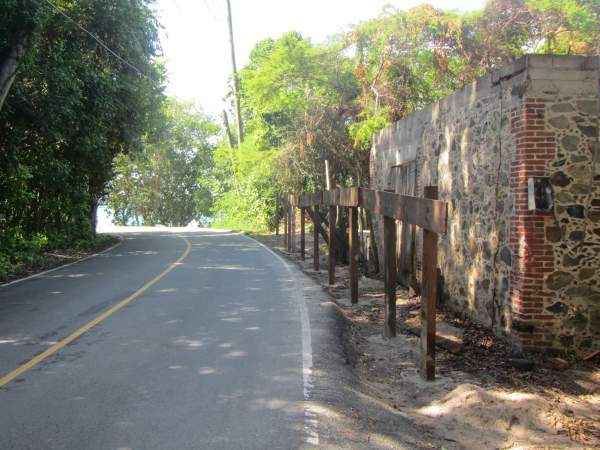
Curious what’s happening over near Maho Bay? We were, so we did some digging.
For those of you who’ve driven through the area recently, you’ve probably noticed that there is a bit of work occurring in the area where North Shore Road curves in the vicinity of the new parking lot. Brush is being cleared and a fence was installed along the roadway just last week. Not sure what was happening over there, we decided to give the property owner a call.
As it turns out, the owner, Dr. Alva Marsh, isn’t too sure about his plans for the site. We chatted with him Monday and he had little to say. He was even quite surprised when we mentioned how the island’s been talking about the work happening on his property. His response: “If people want to know what is going on, they should call me like you did.” That made me chuckle a bit. I then promised not to hand out his number. 🙂
He said that they are currently working to remove some of the overgrown brush and that they were “trying to improve the area near the beach.” But what do those improvements entail? That’s still up in the air, he said. He said it would depend on a variety of factors, although he didn’t elaborate too much. He did stress that it is private property, however.
Here are a couple more pics:
The Marsh family has owned land in the area for more than 100 years. In late 2006, several Marsh family members agree to sell their interest in the land to The Trust for Public Land (TPL). The following is an excerpt from a 2006 TPL press release:
St. John, U.S. Virgin Islands, 9/5/2006 – The Trust for Public Land (TPL), a national nonprofit land conservation organization, today announced it has signed a contract to buy and preserve a 415-acre property in the heart of St. John that ultimately will become part of Virgin Islands National Park. It would be the biggest preservation project on St. John since the National Park was created in 1956.
The property, known as Estate Maho Bay, will be added to the park when federal funds become available, said Greg Chelius, director of TPL’s program in Florida and the Caribbean.
“The national park on St. John is one of the world’s great treasures,” said Chelius. “We are very excited to be part of the effort to preserve its incredible natural beauty.”
“TPL has been working on preserving Maho Bay for more than five years and while there have been a lot of challenges, it looks like we’re finally on the road,” Chelius continued. “We have a lot of hurdles to go, and we have to raise millions of dollars to make this happen, but we’re confident that Estate Maho Bay will be protected.”
The property has more than a quarter-mile of beachfront on pristine Maho Bay and rises to almost 1,000 feet in height. It also has significant ruins from the Danish colonial era, 1700-1860 and may have pre-Columbian cultural resources from the Taino Indian people, who inhabited St. John for 800 years before Christopher Columbus arrived. Just offshore are seagrass beds, green turtles and coral reef systems which are visited by thousands of people every year.
“Protection of this large property by TPL represents a very significant event for the V.I. National Park and for St. John. Development of this watershed would have had considerable impact on the natural and cultural resources of the park as well as residents and visitors to St. John,” said Rafe Boulon, native St. Johnian and chief of resource management, V.I. National Park.
TPL has been working for years to acquire the property, which was owned by 11 heirs of Harvey Monroe Marsh. In fact, John Garrison, director of TPL’s Southwest Florida Office and lead project manager on this acquisition, was interested in preserving this property before coming to TPL five years ago, when he was director of Friends of the Virgin Islands National Park, a nonprofit on St. John dedicated to protecting the park.
Garrison said that the property has not been subdivided, so that each heir owns 1/11 interest in the entire parcel. Six heirs agreed to sell their interests to TPL. TPL had previously purchased one interest. The NPS owns three interests and the 11th is being retained by one of the heirs. By contract, the purchase price of the six interests is to remain confidential. The heirs are also each retaining a six-acre lot, with the ability to build up to two homes.
“Preservation of this property will be the culmination of many, many years of work,” said Garrison. “A lot of credit goes to the heirs, who were willing to work with us and gave us a significant bargain on the sale, as well as to the Friends group for their continued support.” A spokesperson for the Marsh family said, “Maho Bay has been in the family for over 100 years so it is important to the family to retain ancestral home sites and at the same time preserve the natural beauty of the estate for future generations to enjoy.”
Click here to read the full 2006 press release.
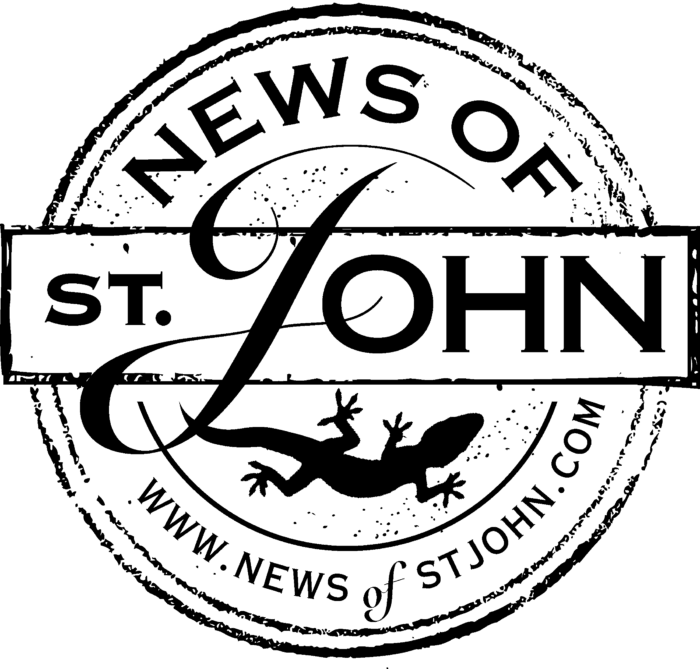
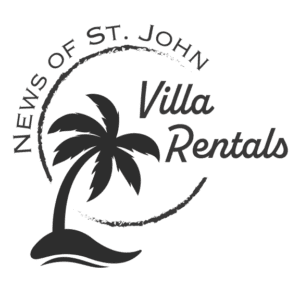
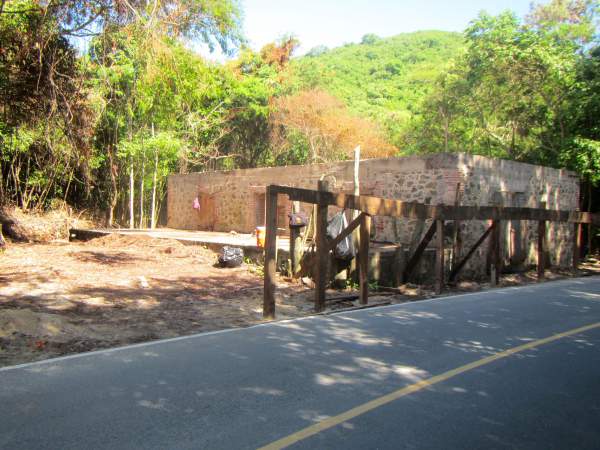
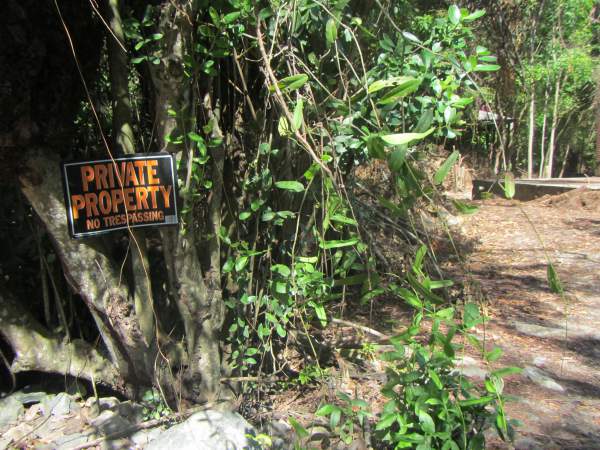
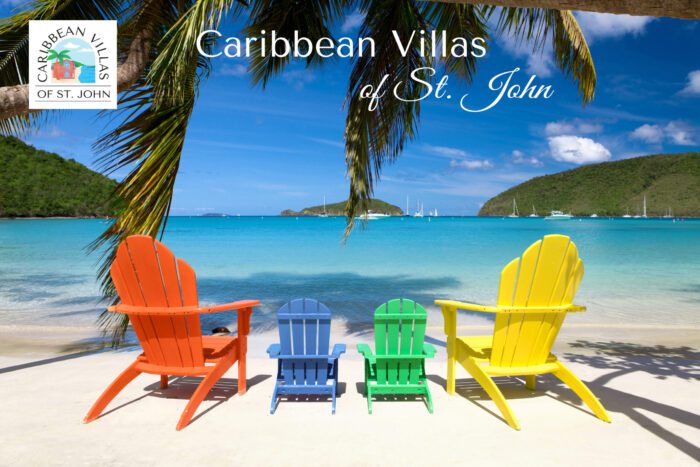
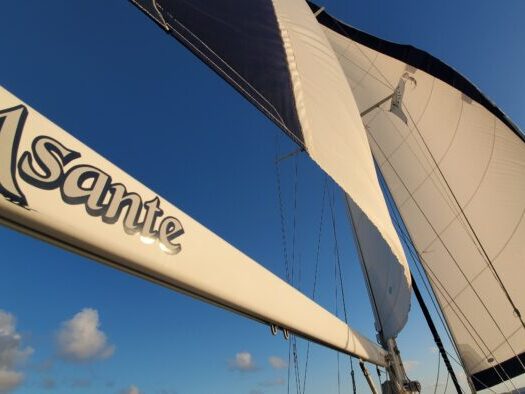
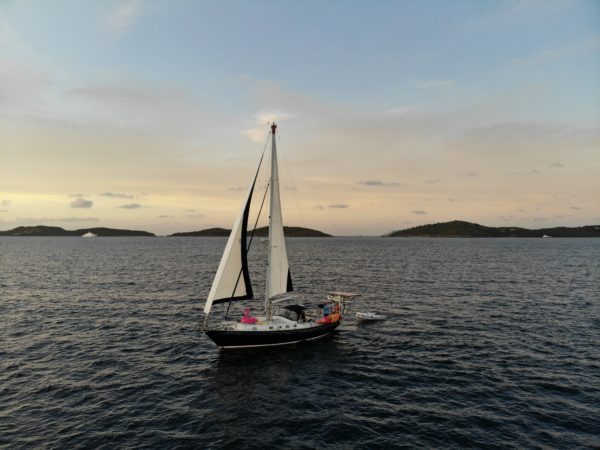

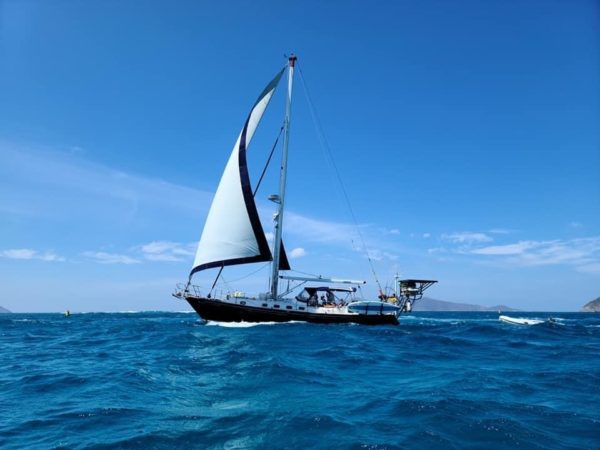
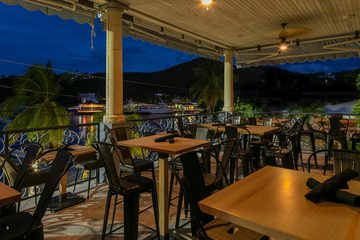
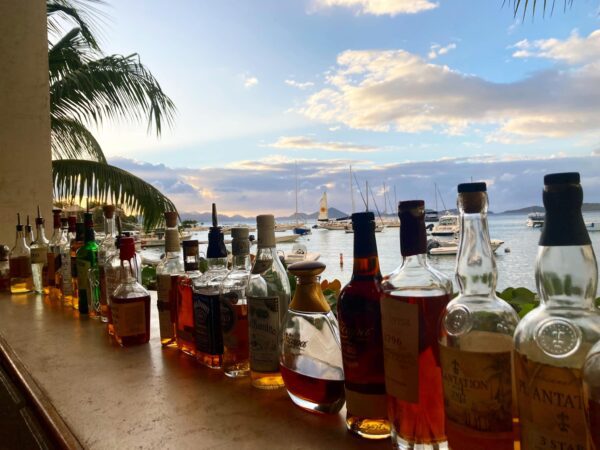
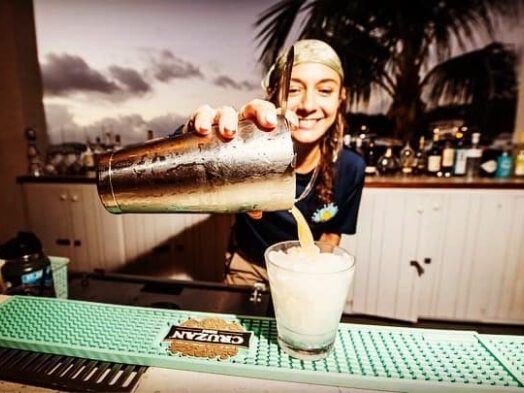
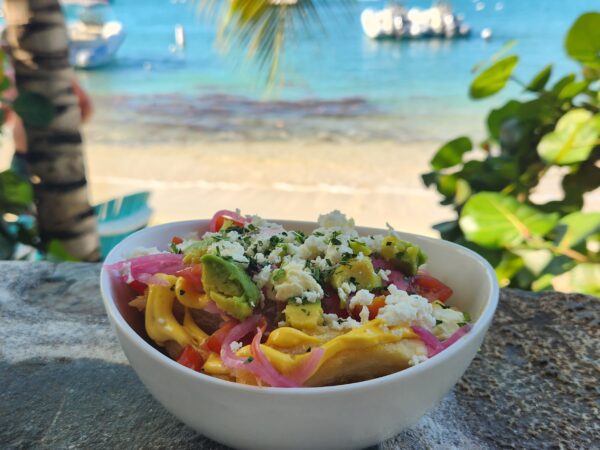
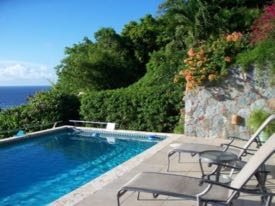
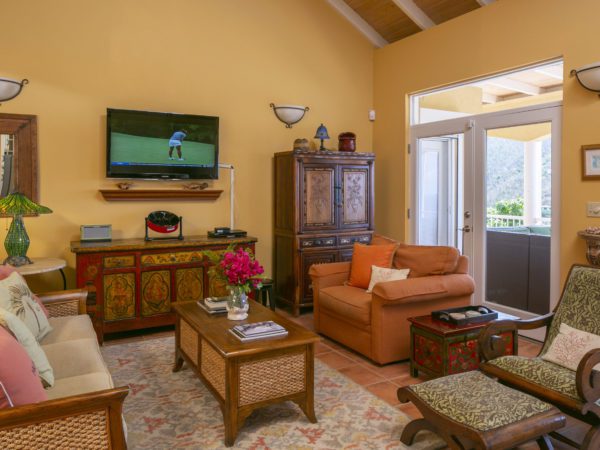
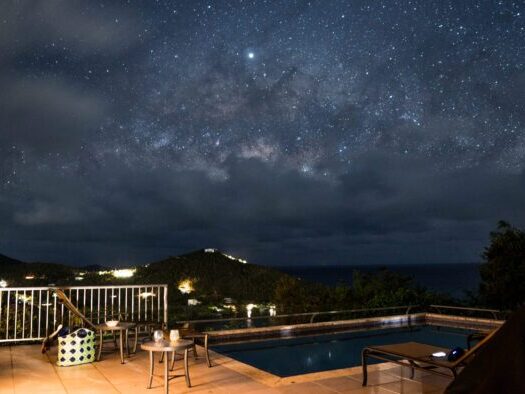
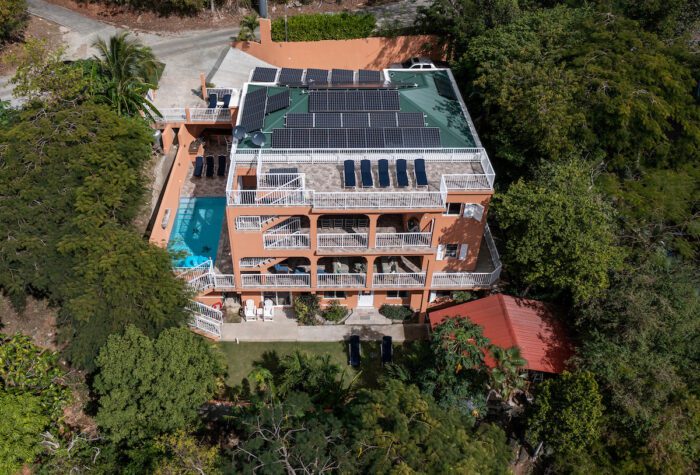
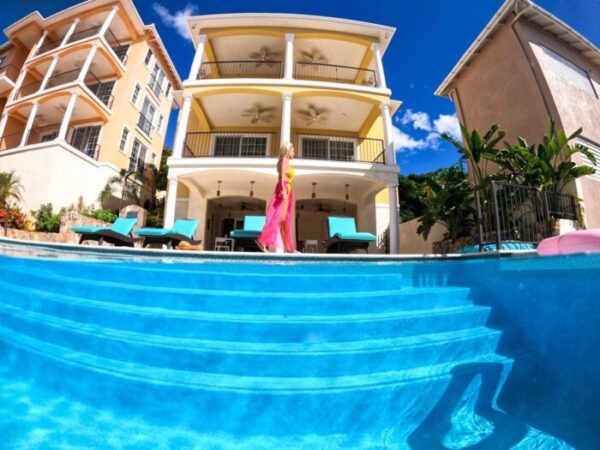
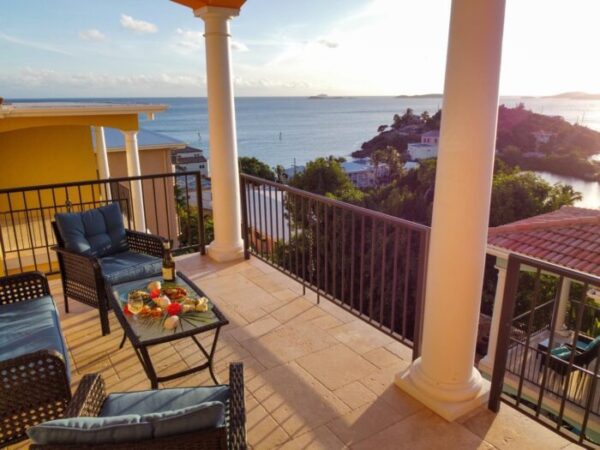
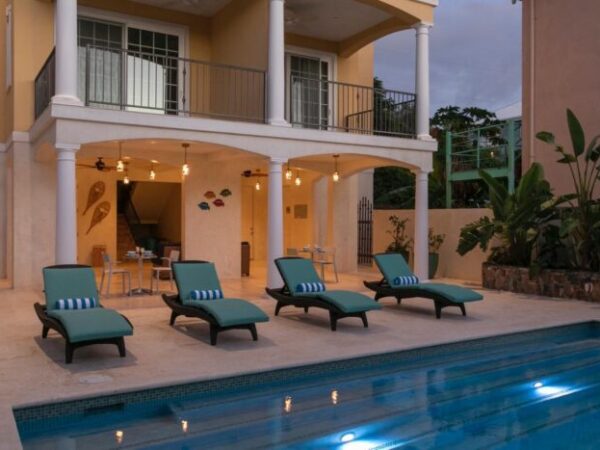
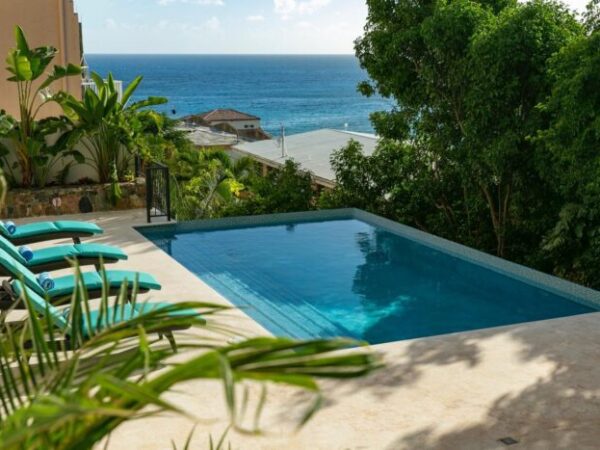


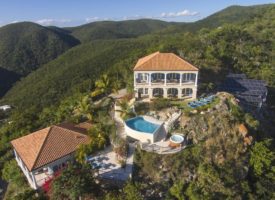
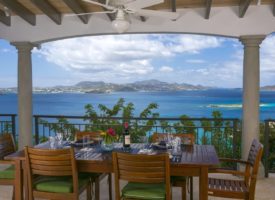
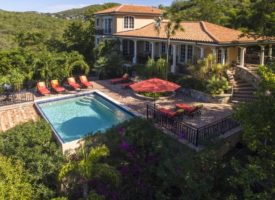
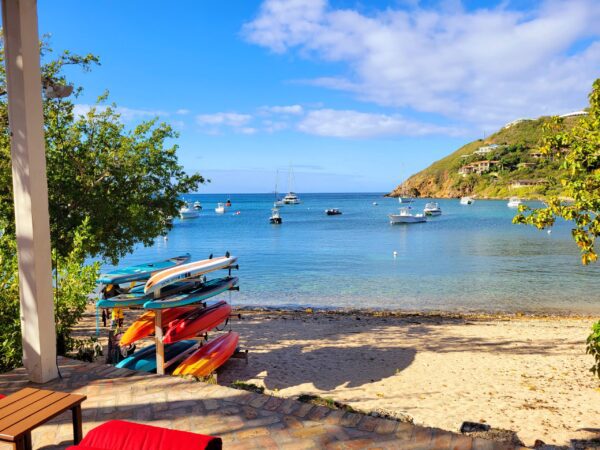
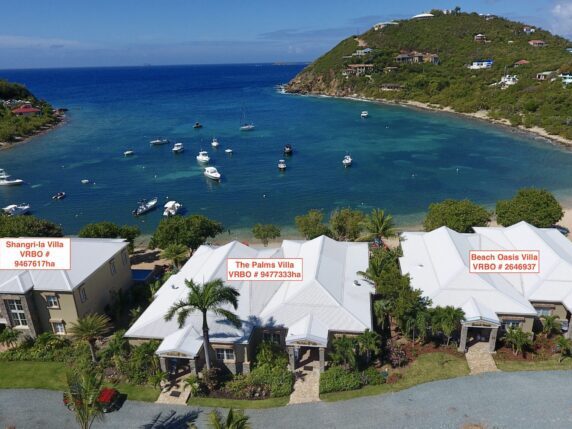
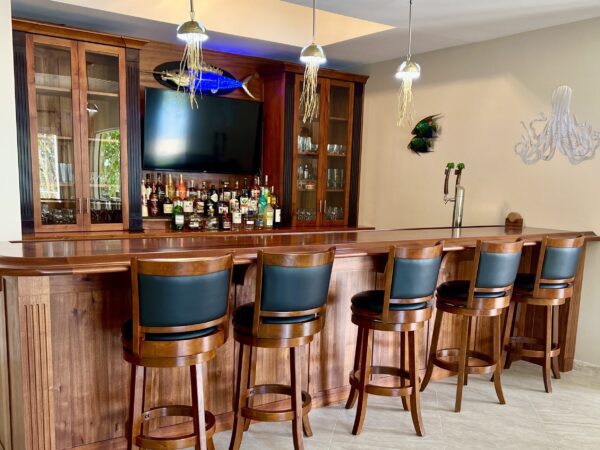
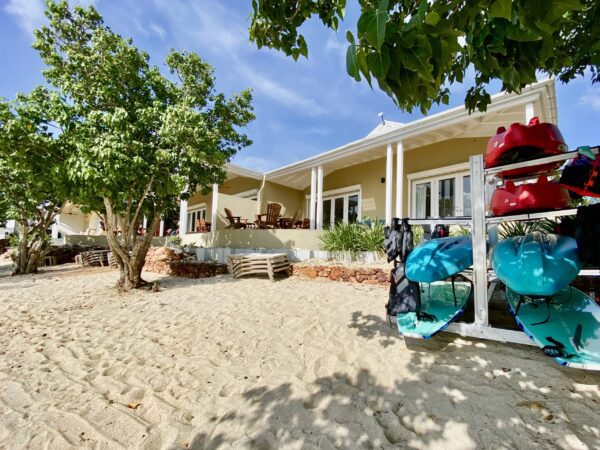
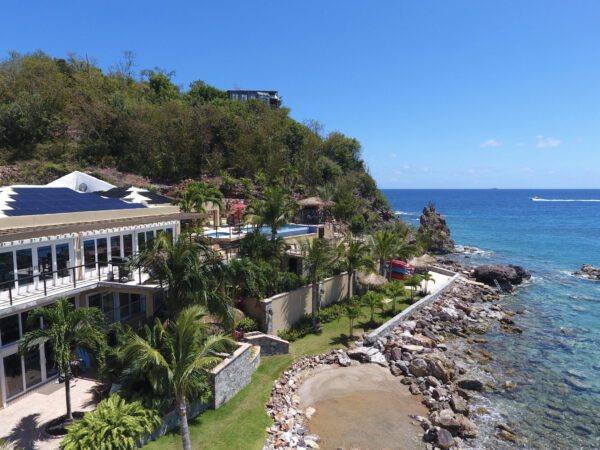
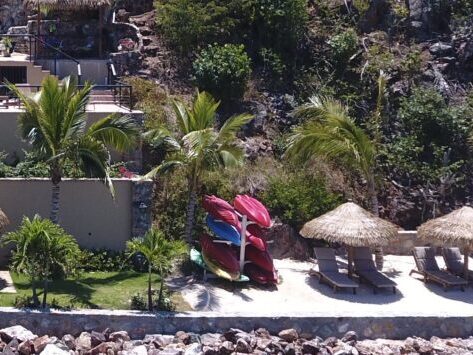
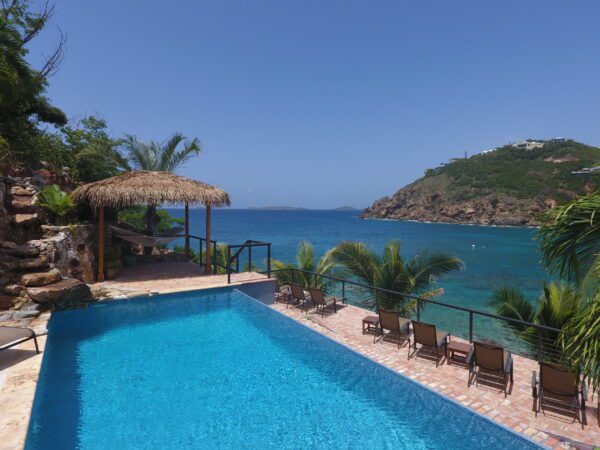
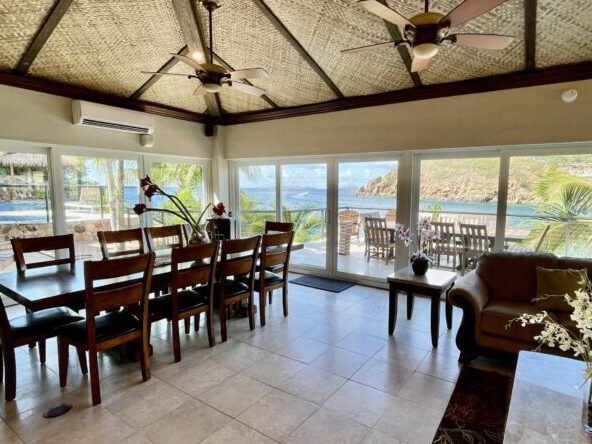
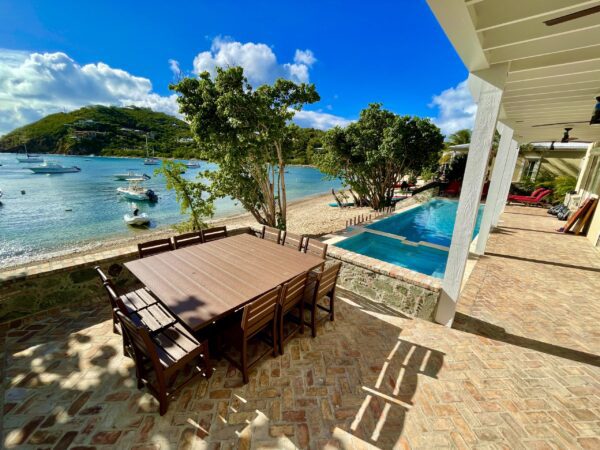

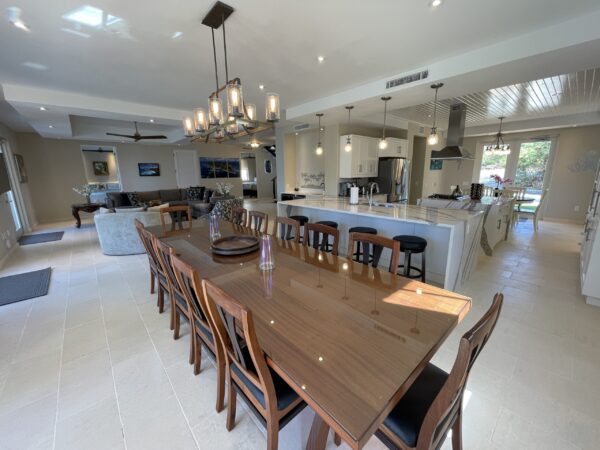
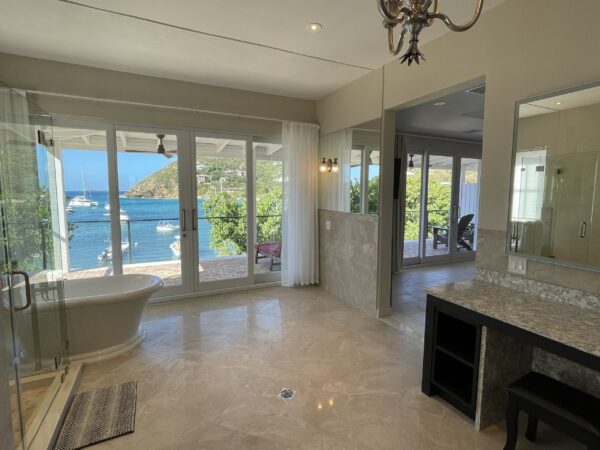

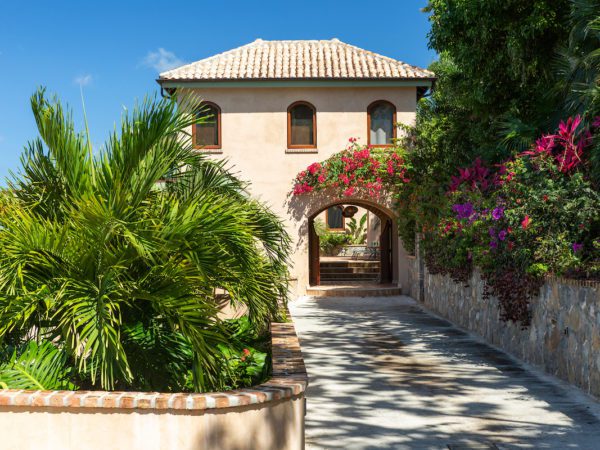
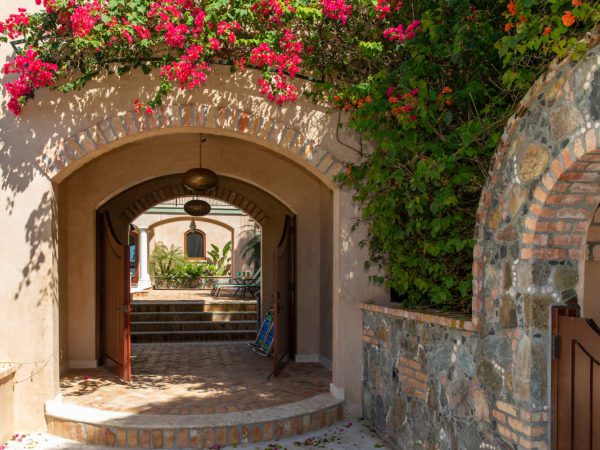
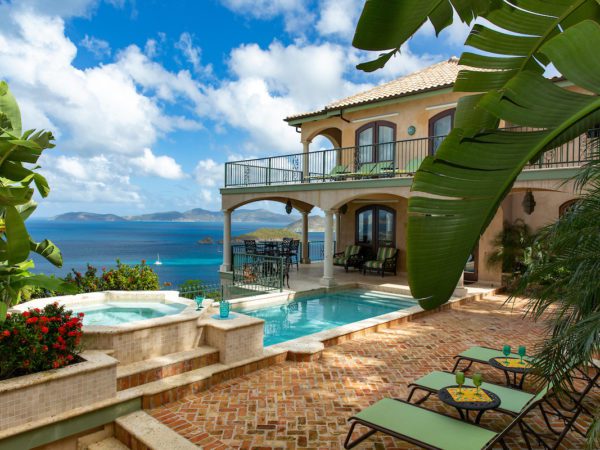
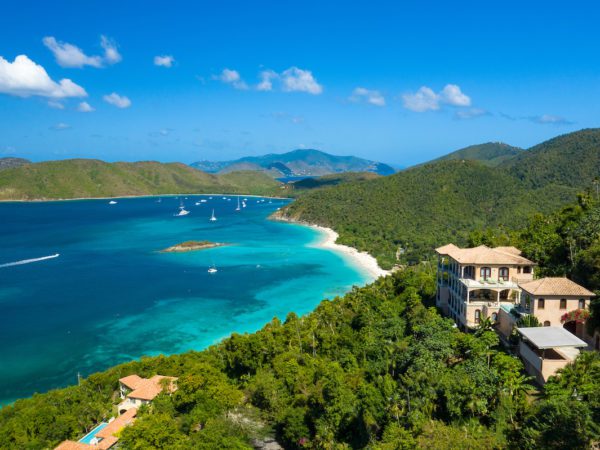
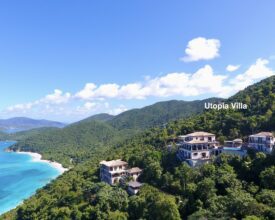
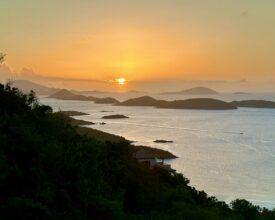
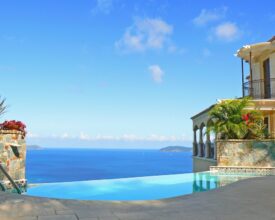
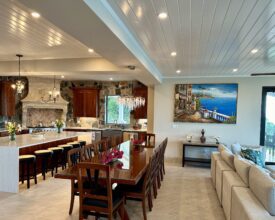

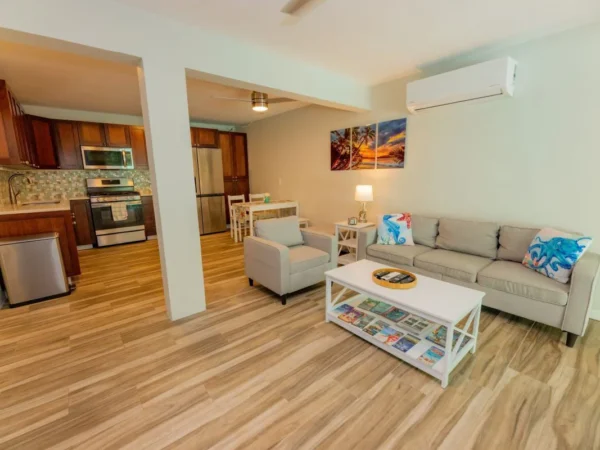
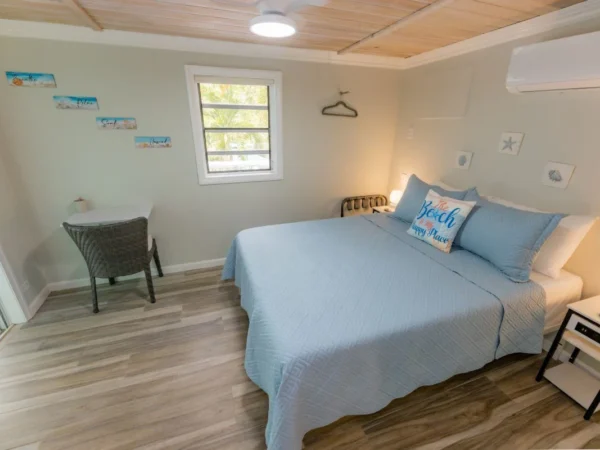
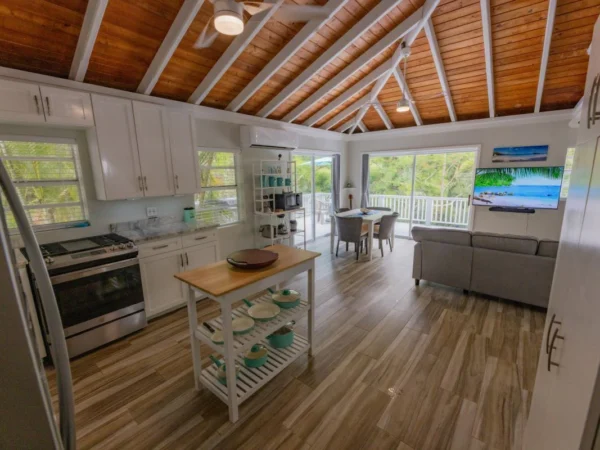
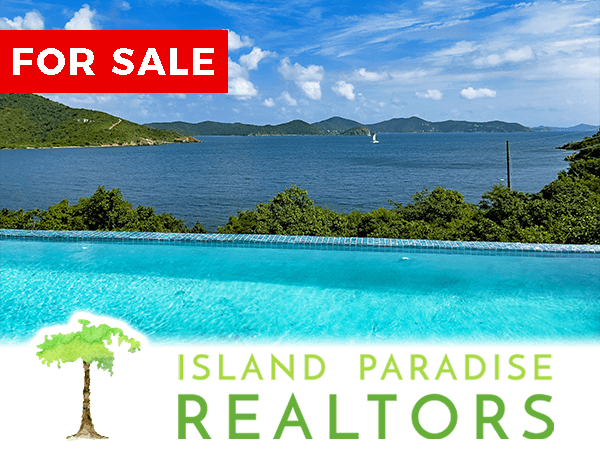
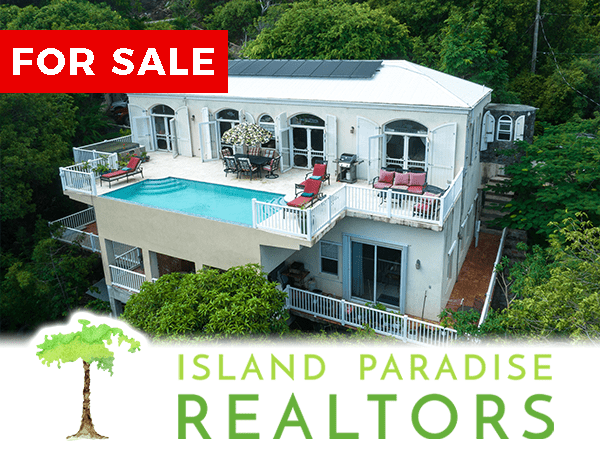

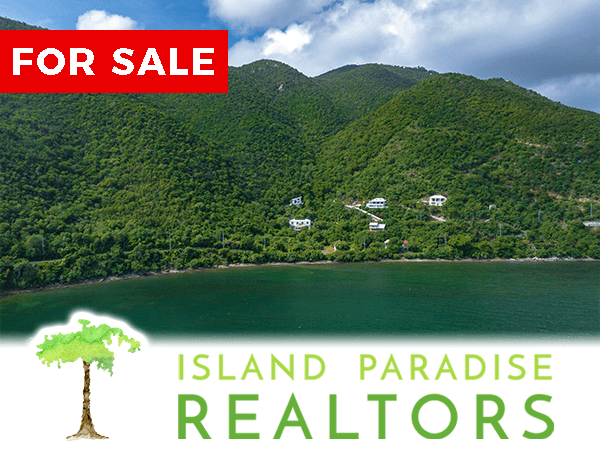
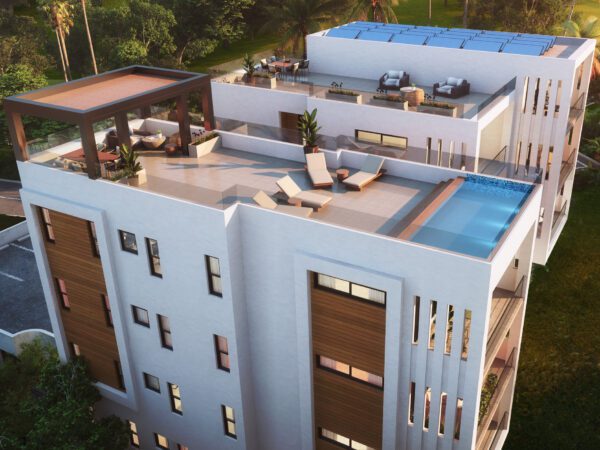
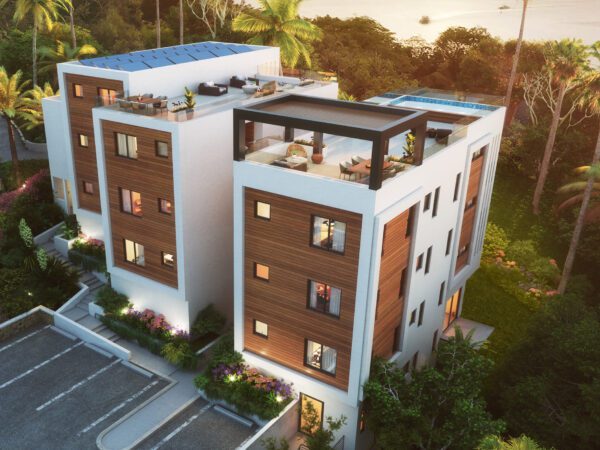
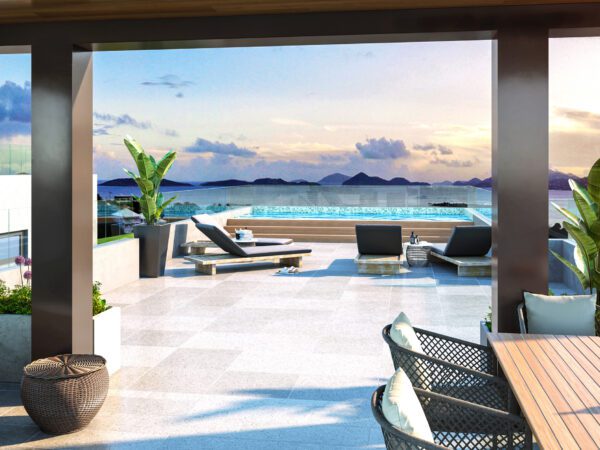
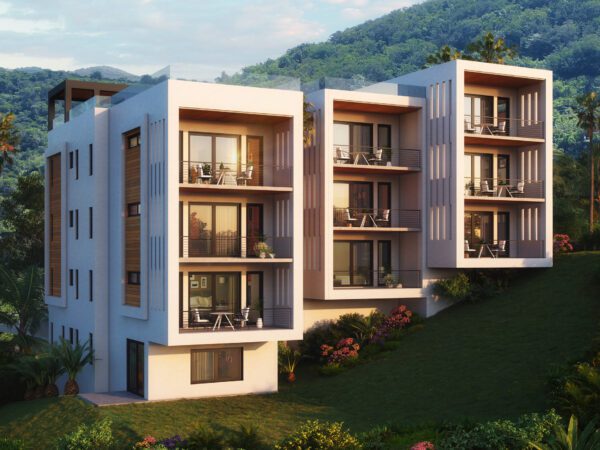
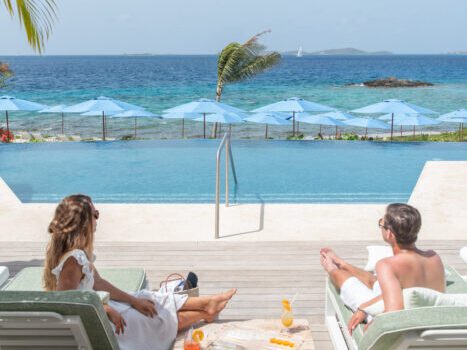
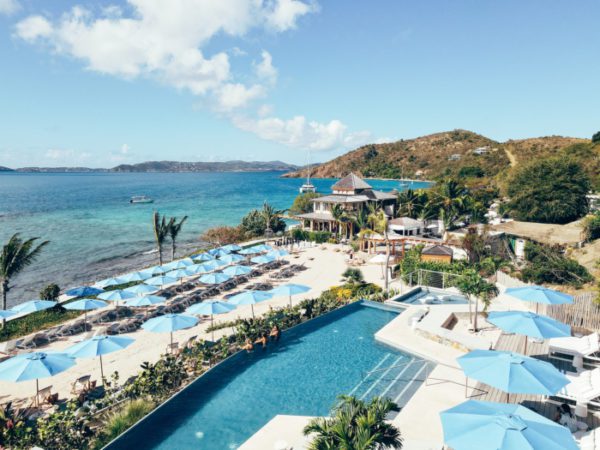
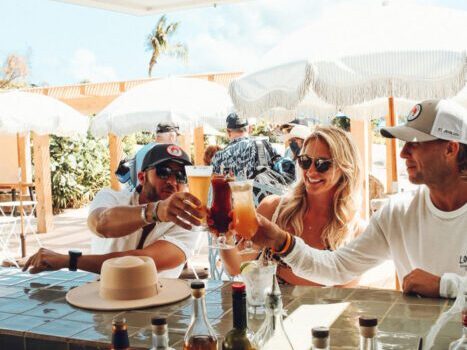
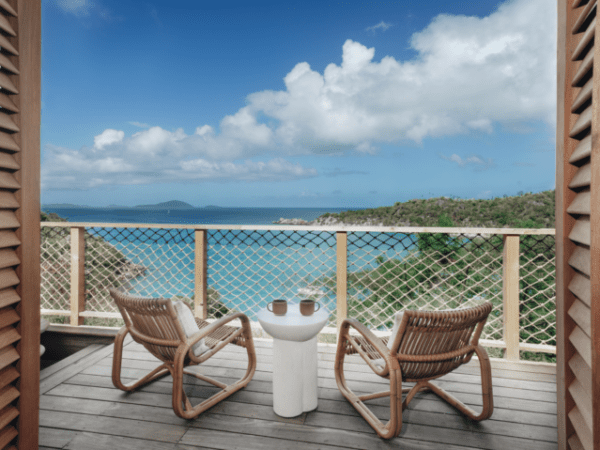
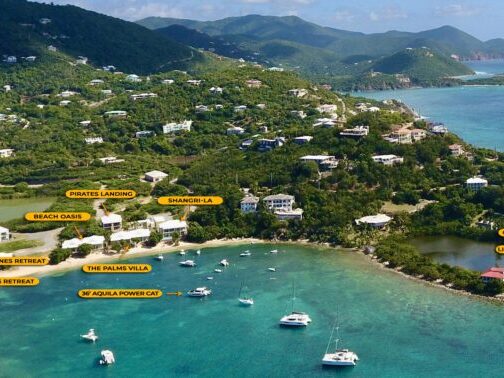
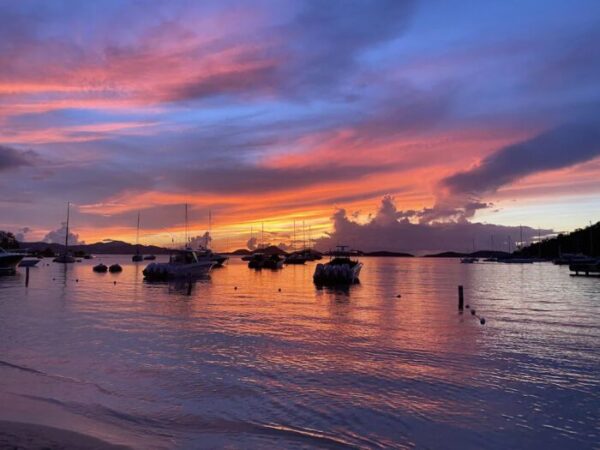
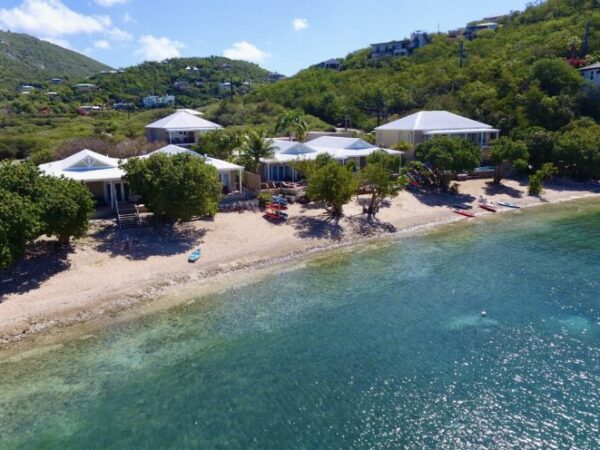
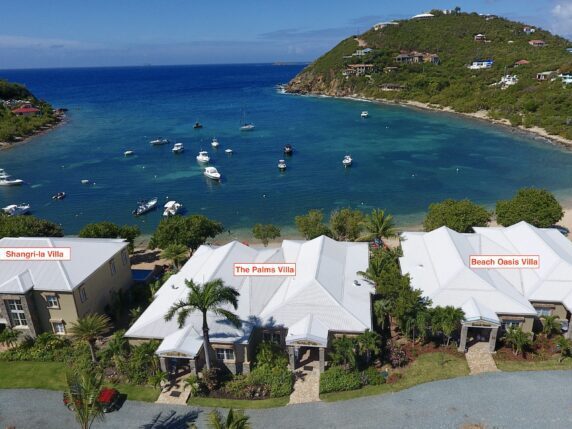
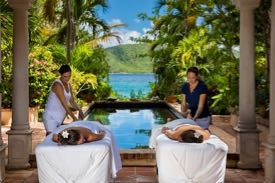

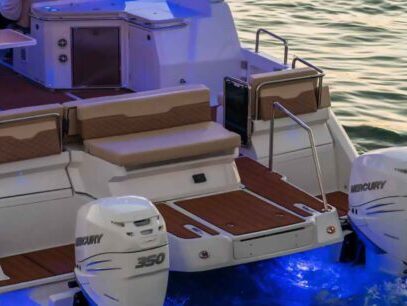
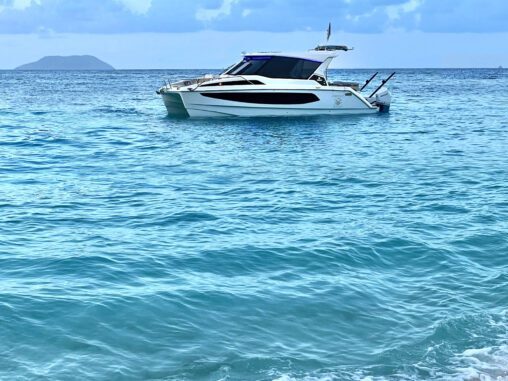


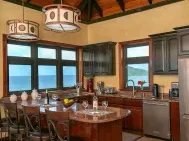
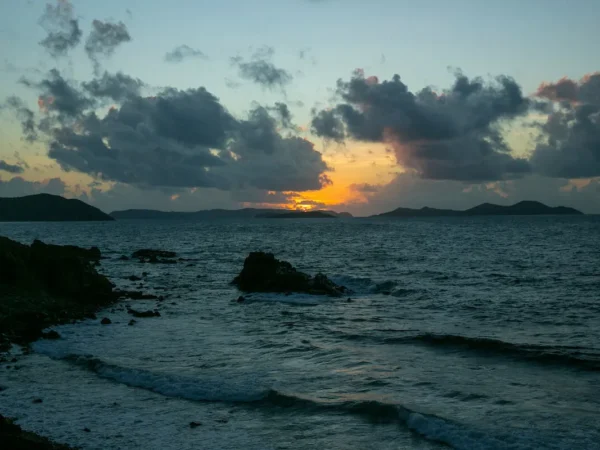
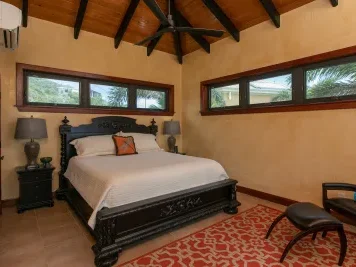
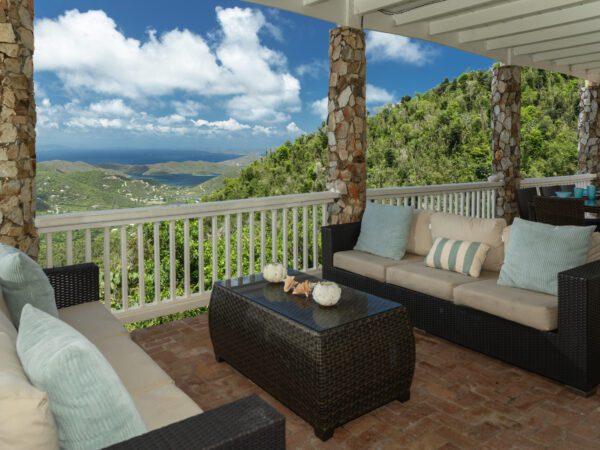
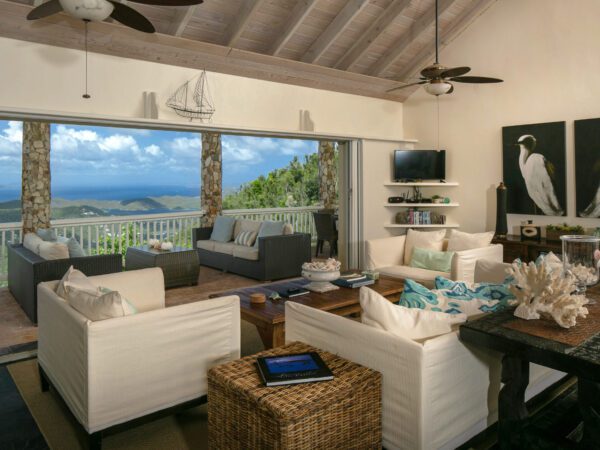
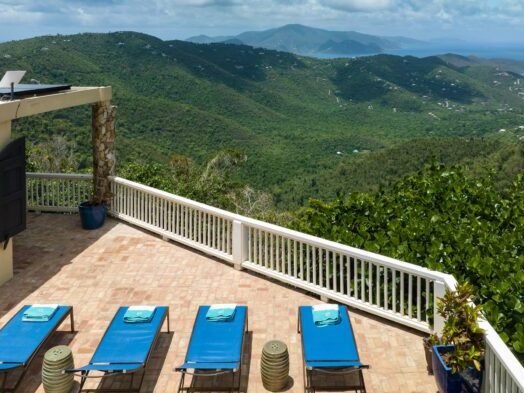
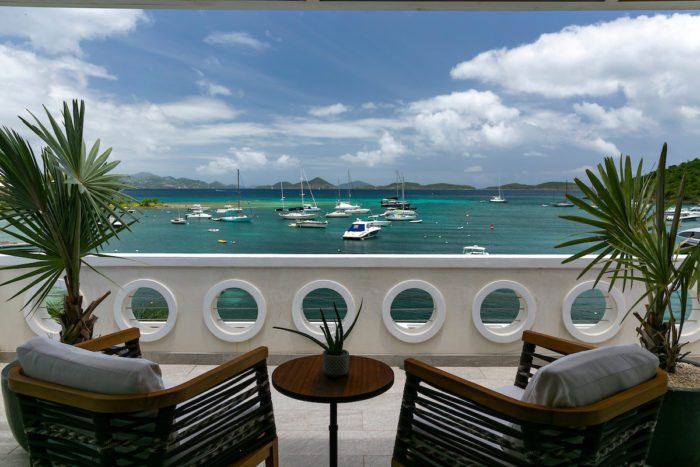

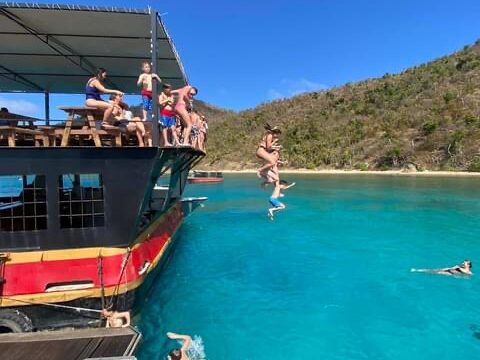
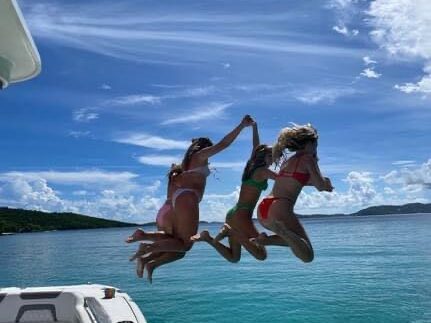
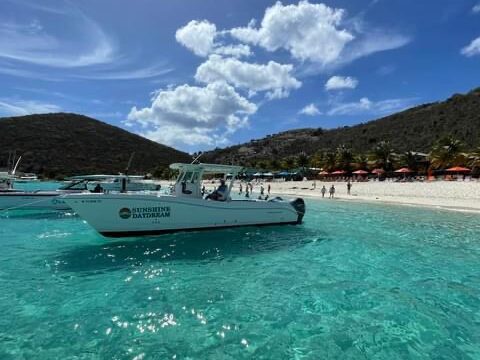
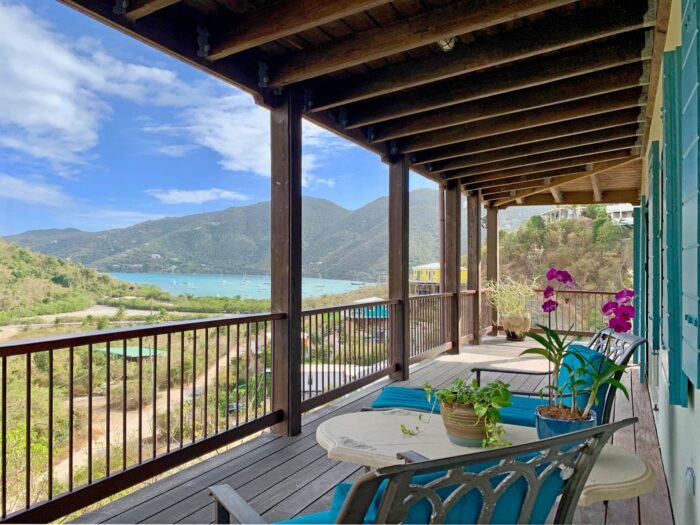
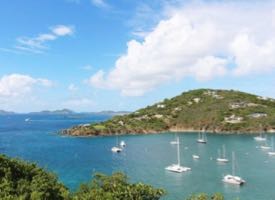
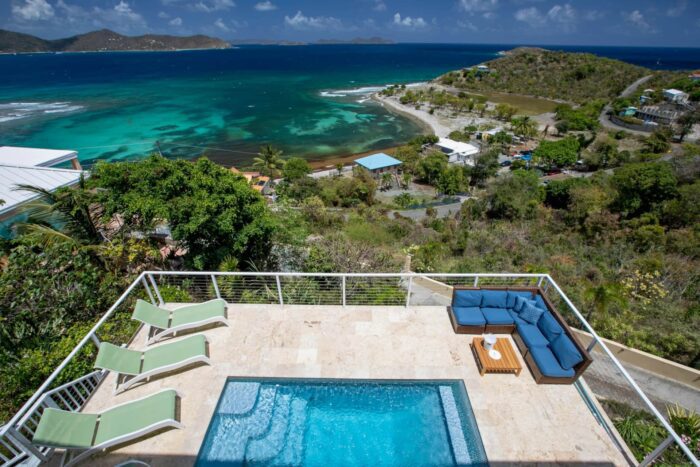


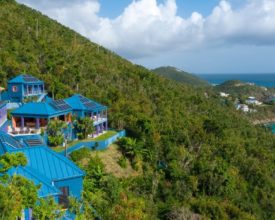
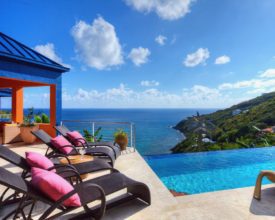
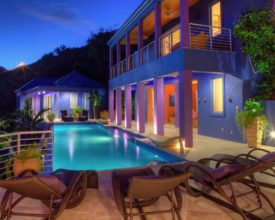
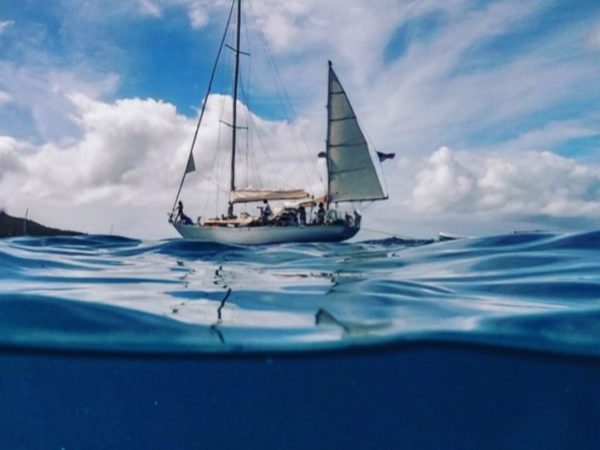
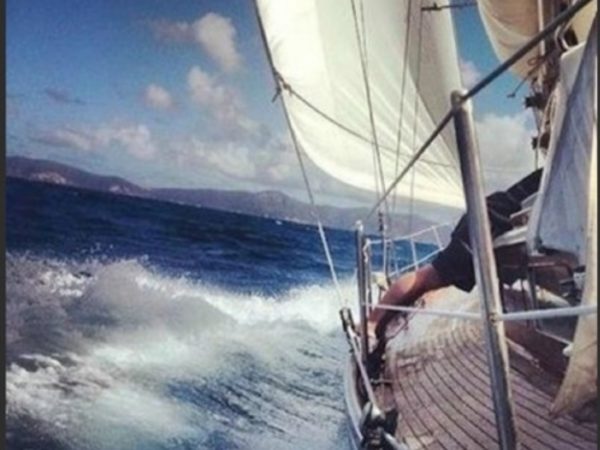

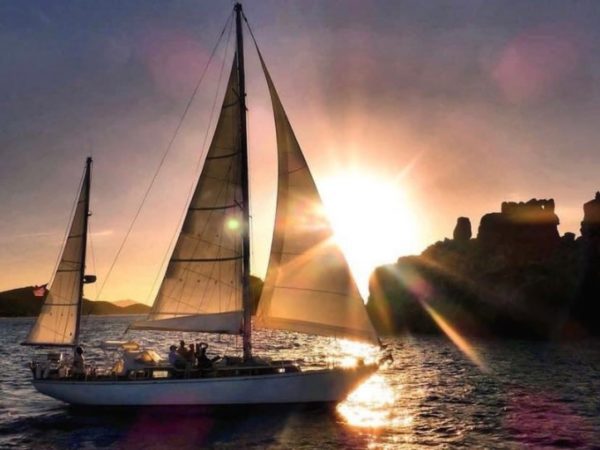
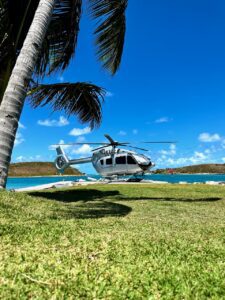

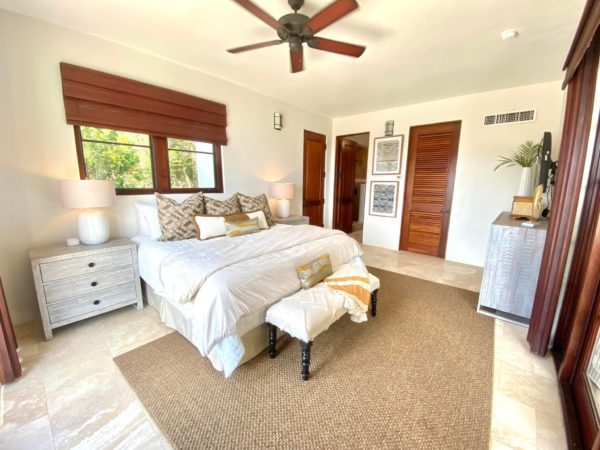
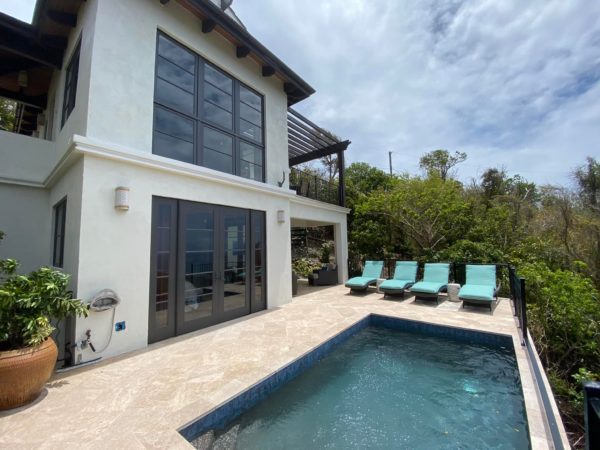
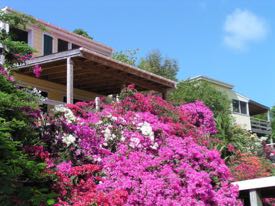
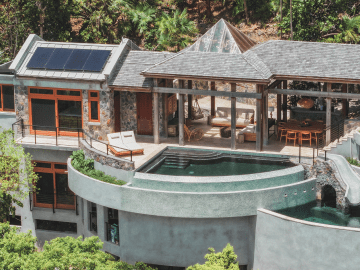
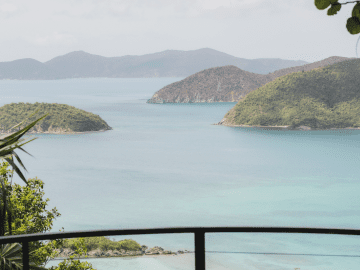
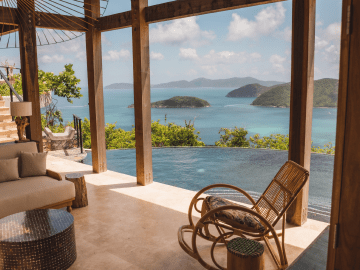
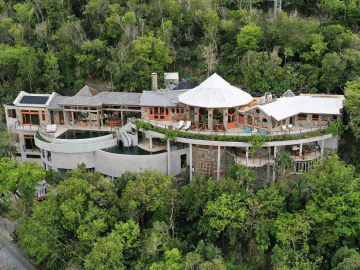
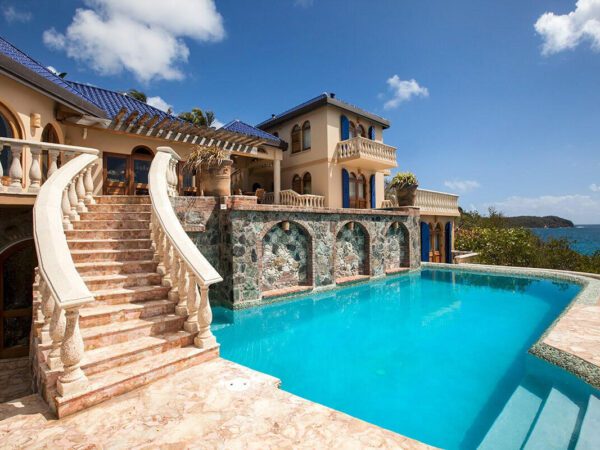
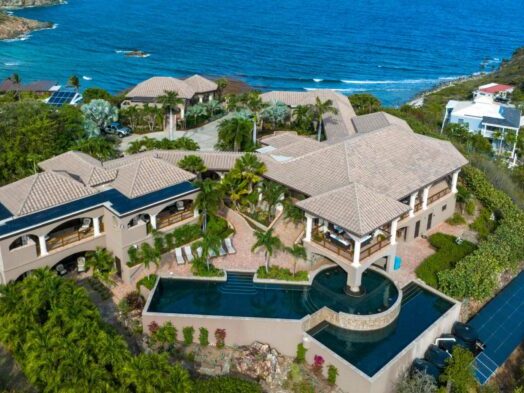
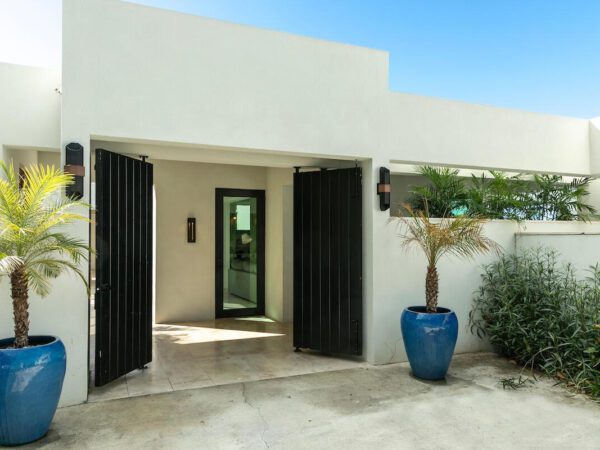
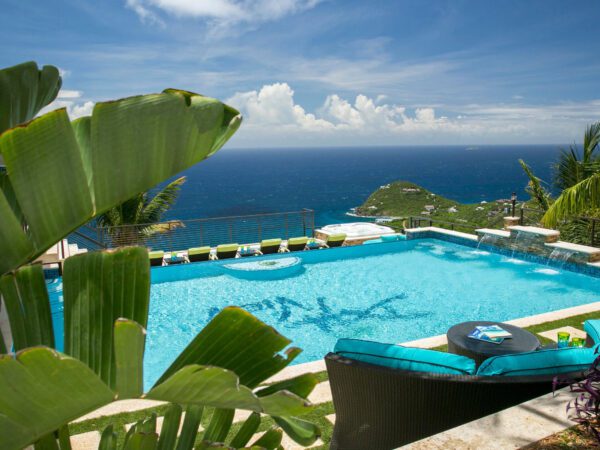
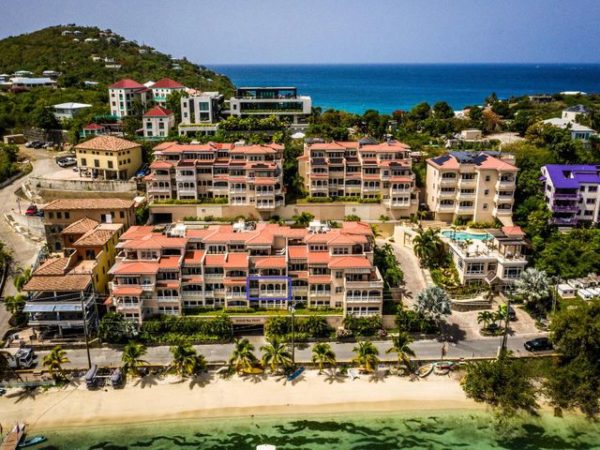
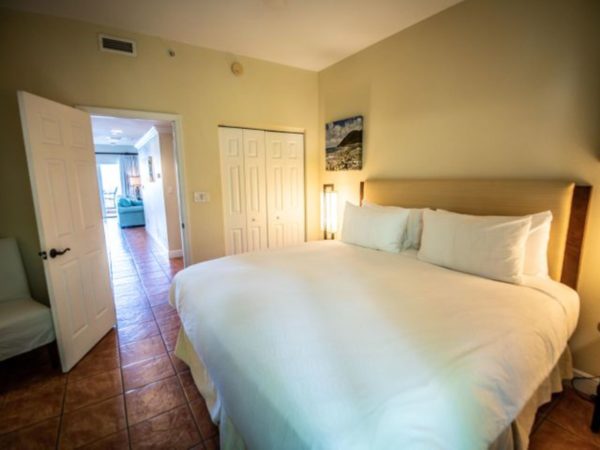
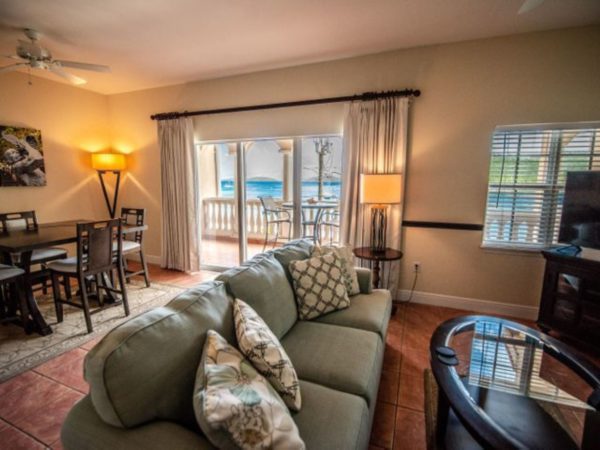
Speaking of Maho…any update on the old campgrounds? Has anyone (MahoSteph,maybe?) wandered up the Goat Trail (if it’s still passable) or climbed the steps from the beach (if they’re still there) to have a look around? Would love to know what’s happening up there.
I could wander up the Goat Trail, or the driveway for that matter…but believe me, it’s not worth it. Maho Bay Camps is gone, the tents denuded and slated for demolition. The trees and bush have overgrown everything, and it’s an extremely sad thing to witness. At this point we can only wish the new owner and family well, and pray that they keep conserve the property in the best possible manner.
While it is sad that the Campground is gone, it is not sad that the place has returned to jungle in such a short time. The design of MBC was excellent in that it had little to no impact on the landscape. How wonderful that in just six months the land has already returned to its natural state. Imagine if the Pond Bay land was able to return to its natural state. It has not and is a major eye sore to the bay years after it was abandoned.
From years of experience, I can assure you that no matter the level of development, the jungle will take back over in short order. I mean, pond bay is an eye sore, but the property is still being maintained thoroughly which is the only reason it is not also over grown. If you stop cutting the bush, any property would be covered in no time. Then the roots work their way into the building, then they expand and crack, then water gets in and animals and fungus and boom; natural again in a blink. This is why property management is so costly, its a permanent battle.
I walked up the goat trail about a month ago; while I think it looked about as it did when the photos taken last August of the stripped tents, I wouldn’t describe it as having returned to its natural state; the cabin decks actually looked like they were sun-bleached clean for the first time in 30 years. It would certainly would take some work to reopen the campgrojund, and I’d guess any reopening by anyone would include some long-delayed capital spending given a new lease of any reasonable duration.